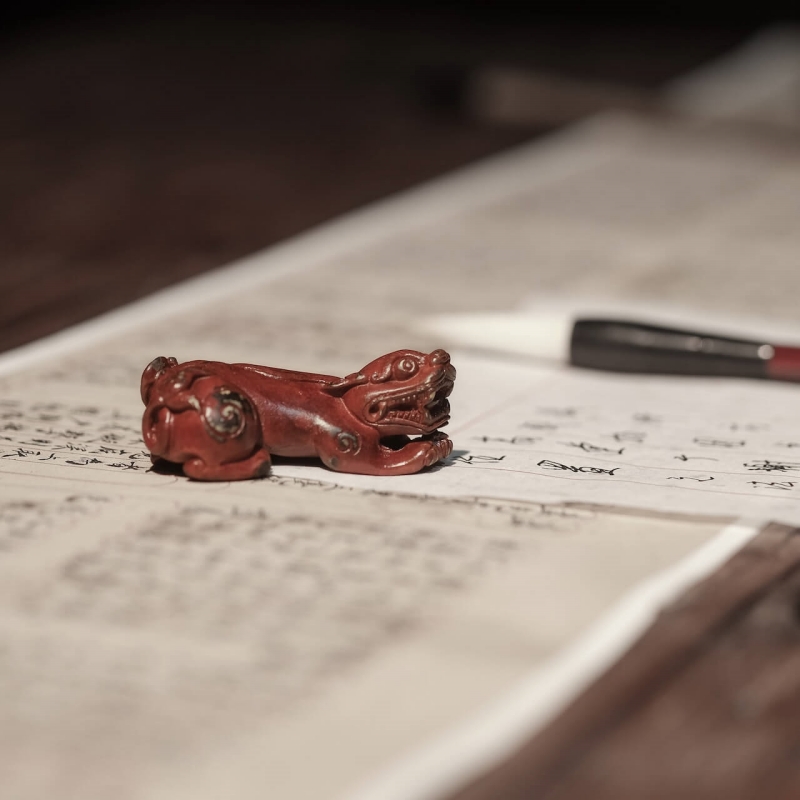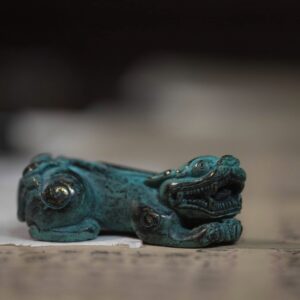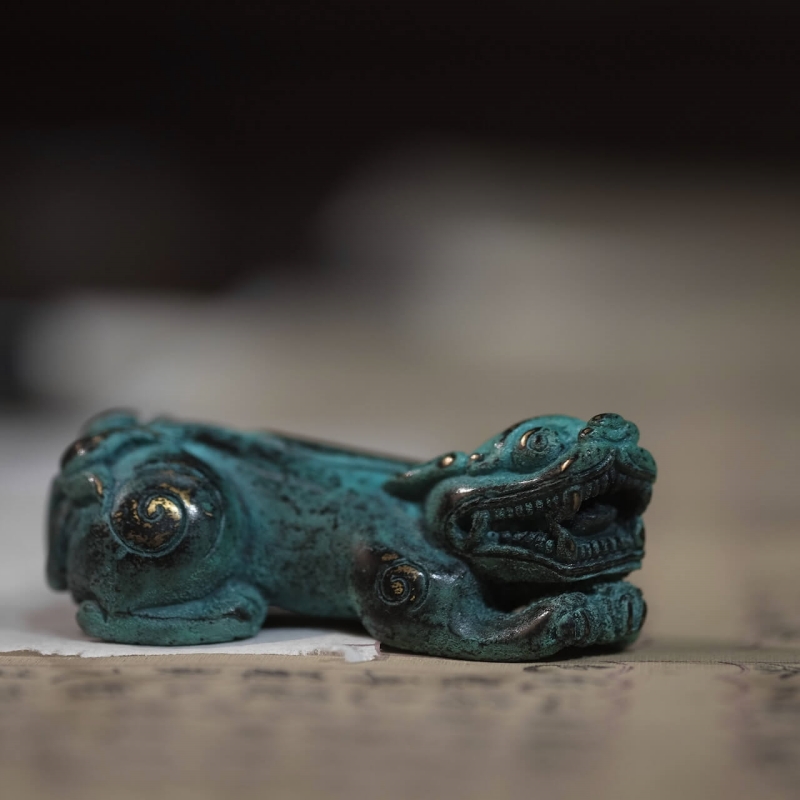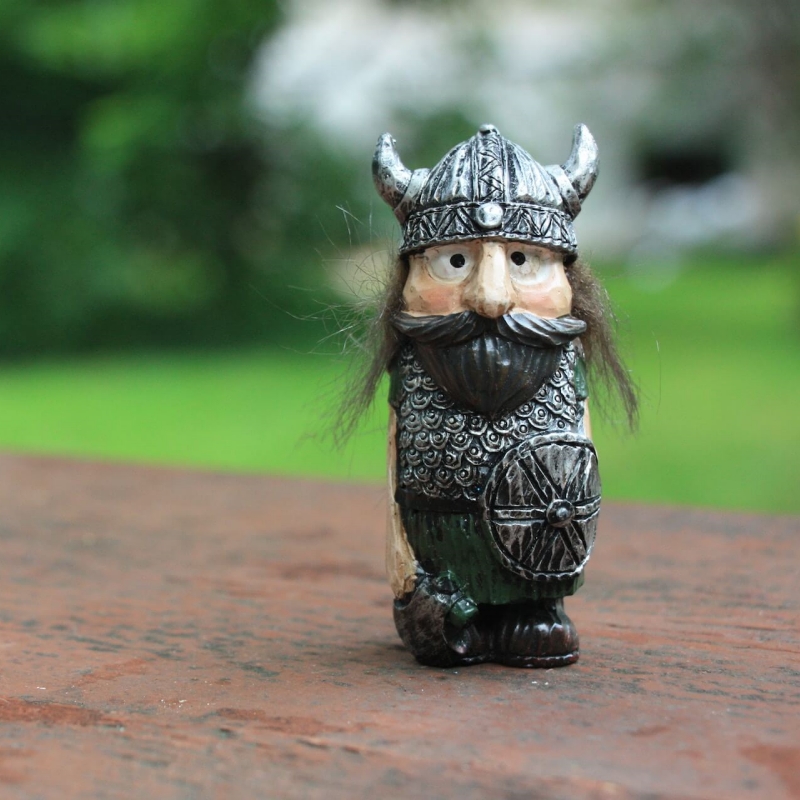
Modern Paperweights: Contemporary Designs and Trends in 2023
The world of paperweights, rooted in centuries-old traditions, is experiencing a renaissance in the contemporary era. As we step into 2023, these once purely utilitarian

The world of paperweights is as diverse as it is enchanting, with each piece bearing the mark of a craftsman’s touch and vision. But beyond their aesthetic appeal lies a rich tapestry of techniques, each with its own history and unique charm.
From the intricate patterns of millefiori, reminiscent of a thousand flowers blooming in unison, to the delicate dance of lampwork, where glass is shaped by flame into miniature masterpieces, the art of making paperweights is a testament to human ingenuity and creativity.
These methods, honed over centuries, transform simple materials into objects of beauty and function. As we delve into the world of paperweight creation, we’ll uncover the secrets behind these techniques, exploring the dedication, precision, and artistry required at every step.
Whether you’re a seasoned collector or a curious newcomer, this journey promises a deeper appreciation for these desk treasures, revealing the stories and skills that make each one unique.
Join us as we traverse the captivating landscape of paperweight craftsmanship, from its earliest forms to the innovative expressions of today.

The Beauty of Millefiori celebrates complex canework, weaving a tale of cherished traditions preserved in each intricate and colorful glass design.
The millefiori technique involves creating patterns or images by arranging many thin rods or canes of colored glass. Millefiori means “thousand flowers” in Italian, reflecting the floral motifs common in early millefiori paperweights.
To assemble a millefiori weight, artisans first produce hundreds of canes with multicolored glass patterns. These are cut into tiny slices and arranged in a mold to render the desired design before sealing with more molten glass. Several rounds of heating in a glass furnace are required to fully fuse the cane slices into a cohesive whole.
Executing a complex millefiori pattern requires tremendous precision and planning. The canes must be made uniformly to maintain the pattern when sliced. Arranging minuscule cane pieces into intricate designs also demands acute skill and artistic vision.
By the mid-19th century, esteemed glassworks like Baccarat in France were producing astoundingly detailed millefiori weights using advanced cane techniques and molding. No two paperweights were exactly alike, making each a unique art treasure.
While millefiori waned in popularity in the early 20th century, contemporary glass artists have resurrected the technique to produce modern paperweight art. These revive historic patterns but also explore new styles like pixelated graphics rendered in glass canes.
Millefiori remains one of the most revered and difficult-to-master paperweight techniques. Passing on these skills to new generations of glassworkers ensures this pinnacle of the medium endures for future artisans and collectors.
The Allure of Lampwork showcases flameworked artistry, highlighting the unique handmade quality and innovative torchwork techniques that breathe life into each creation.
Lampwork is a versatile glassworking method that uses a torch flame to melt and form glass rods and tubes. To make a lampwork paperweight, the artisan sculpts molten glass into decorations and motifs which are then encased in more clear glass.
Floral bouquets, fruits, animals, portraits and abstract shapes emerge from the tip of the torch. Color is added by rolling molten glass in powdered pigments. The flame’s heat enables the glassworker to shape, texture and add color with exacting control using metal tools and molds.
The directness of the lampwork method allows for tremendous artistic freedom and spontaneity. This is ideal for creating one-of-a-kind paperweights that mimic or interpret natural objects with glass.
No molds are used in lampwork, which allows each paperweight to be an individual creation. Renowned 20th-century lampworker Paul Stankard is considered a master, renowned for his impossibly lifelike floral enclosures.
The hands-on nature of lampworking imparts more artistic expression and freedom. Subtle movements of the flame imbue the glass with a fluid, organic quality, like frozen liquid. This is part of the appeal of lampwork paperweights as sculptural art.
A more modern outgrowth of lampwork is torchwork which uses a powerful oxygen-gas flame to manipulate glass rods and tubing. Contemporary paperweight artists have pushed torchwork to new levels of complexity. Flameworked elements like flowers, portraits or abstract shapes can be embedded within other weight designs for dramatic effect.
The possibilities of torchwork continue to expand paperweight artistry into new realms while honoring the origins of lampwork. Passing on this knowledge ensures future generations can explore the technique’s creative boundaries.
Magnificent Mold-Made Weights illuminate the fusion of casting methods, blending age-old techniques with modern innovations, all rooted in rich industrial heritage.
While freehand techniques are used for elaborate details, molded paperweights streamline repeating motifs. Pre-made metal molds enable more uniform sizing and shaping.
Mold-making techniques like pressing, casting, or blowing molten glass inside engraved metal forms have been used for centuries. This automated some aspects but finishing work was still done by hand.
Weights of this type often have regular geometric shapes like spheres, eggs or wheels. But the molded form can support detailed cameo etchings, painted colors or other ornamentation.
Today, combining old molding methods with modern technology allows for intricate one-of-a-kind weights as well as mass production. Czech factories in particular still produce high volumes of molded glass paperweights that offer affordable beauty.
Much contemporary paperweight art uses molds minimally, focusing more on handworked techniques. But molds preserve traditional painted and cameo styles that are difficult otherwise. They also speed up the production of basic forms when time is limited.
While not as prestigious as fine art paperweights, commercially molded weights still require great skill. Master mold makers pass down design knowledge and technical mastery acquired over decades of working in glass.
Appreciating how these methods revolutionized glassmaking celebrates an important part of paperweight history. Without industrial ingenuity, paperweights would have remained costly rarities. Mold-making preserves this technological heritage.

The craft of paperweight-making continually evolved to offer new creative outlets to glass artisans. But traditional methods like millefiori and lampwork remain vital artistic foundations.
Passing these heritage techniques between generations ensures the media’s rich history endures. With countless innovations still unexplored, the future of paperweight promises to be as fascinating as its past.
Each method and material lends its own aesthetic flavors – from the mesmerizing symmetry of millefiori to the lifelike organicism of lampwork. As long as knowledge persists, glass artisans have an expansive palette for imagination and expression.
By honoring the legacies of earlier masters while fearlessly trailblazing their own paths, contemporary paperweight artists ensure this exquisite art form lives on. Like the molten glass they shape, the creative spirit flows between eras, binding past and future in an incandescent fusion.


The world of paperweights, rooted in centuries-old traditions, is experiencing a renaissance in the contemporary era. As we step into 2023, these once purely utilitarian

Embarking on the journey of collecting paperweights is akin to entering a world filled with history, artistry, and a touch of magic. These seemingly simple

At first glance, a paperweight might seem like a straightforward object—its primary function being to hold down papers. However, a closer look reveals a world

In the realm of everyday objects, few have undergone as intriguing a transformation as the humble paperweight. Originating as a simple tool to prevent paper

The world of paperweights, rooted in centuries-old traditions, is experiencing a renaissance in the contemporary era. As we step into 2023, these once purely utilitarian

Embarking on the journey of collecting paperweights is akin to entering a world filled with history, artistry, and a touch of magic. These seemingly simple

The world of paperweights is as diverse as it is enchanting, with each piece bearing the mark of a craftsman’s touch and vision. But beyond

At first glance, a paperweight might seem like a straightforward object—its primary function being to hold down papers. However, a closer look reveals a world
Copyright © 2024 crystalcalmpaperweights. All Rights Reserved.